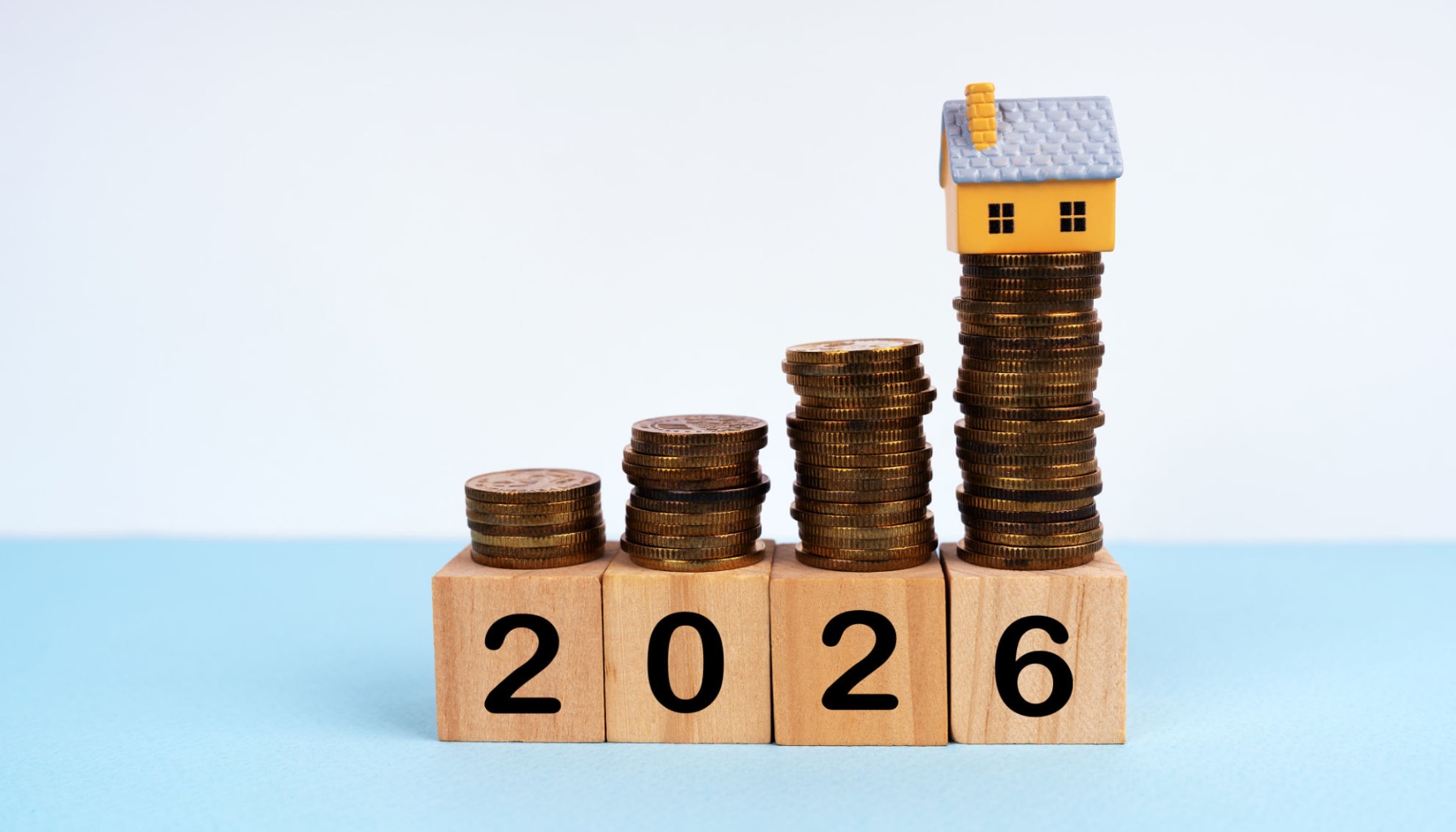I
f you’ve been holding your breath for a sharp drop in mortgage rates, Fannie Mae’s newest projections give a more realistic picture: rates will ease, but slowly.
**Key Forecasts (August 2025 Outlook)**
- 30‑year fixed rate ends 2025 at **6.5 %** and falls to **6.1 %** by the end of 2026.
- Total home sales projected at **4.74 million** in 2025 and **5.23 million** in 2026.
These figures are a slight uptick from July’s estimates, indicating the return to “normal” will take a bit longer than many hoped.
| Metric | New Forecast (Aug) | Old Forecast (Jul) | Insight |
|--------|--------------------|--------------------|---------|
| 30‑yr rate (end 2025) | 6.5 % | 6.4 % | Downward path is steeper than expected |
| 30‑yr rate (end 2026) | 6.1 % | 6.0 % | Still declining, just more slowly |
| Total sales 2025 | 4.74 M | 4.85 M | Higher rates dampen activity |
| Total sales 2026 | 5.23 M | 5.35 M | Recovery delayed |
The overall trend is positive, but the optimism is tempered by a “higher‑for‑longer” reality.
### Why the Numbers Shifted
Two economic forces drive the change: inflation and growth.
**Inflation**
- Fannie Mae now projects the CPI to be **3.3 %** by year‑end 2025.
- Persistent inflation keeps the Federal Reserve’s policy rate elevated, which in turn keeps mortgage rates high. A true rate decline requires inflation to fall below the Fed’s 2 % target.
**Economic Growth**
- GDP growth for 2025 is trimmed to **1.1 %**.
- A sluggish economy, coupled with stubborn inflation, forces the Fed to maintain a tighter stance, delaying any significant rate cuts.
### What This Means for You
#### Homebuyers on the Horizon
A 6.5 % rate in 2025 is still a relief compared to the 7‑8 % peaks of recent years. Focus on controllable factors:
- **Credit score** – higher scores secure better rates.
- **Down payment** – larger payments reduce loan size and can eliminate PMI.
- **Debt‑to‑income ratio** – paying down other debts improves loan terms.
Buying now and refinancing later (perhaps 2026 or beyond) remains a viable strategy.
#### Current Homeowners with Low Rates
If you’re locked into a 3‑4 % mortgage, the forecast confirms that refinancing soon is unlikely to be advantageous. The “golden handcuffs” effect keeps many homeowners from selling, contributing to low inventory and a seller‑favorable market.
### Market Ripple Effects
Higher rates translate to fewer home sales and fewer mortgage originations. The housing market will likely stay seller‑heavy, but buyers will experience slightly less competition. Homes may stay on the market longer, and bidding wars will be less frequent.
### Bottom Line
The era of 3 % mortgage rates was a pandemic‑induced anomaly. The new normal appears to hover around **6 %** for the next few years—a historically average level. This forecast signals stabilization rather than collapse: prices will grow more slowly, buyers must be disciplined, and the market’s volatility will ease.
### Investing in a High‑Rate World
With rates still elevated, focus on cash‑flowing rental properties in robust markets. Norada can help you find turnkey deals that deliver steady returns even when borrowing costs are high.
**Contact a Norada investment counselor today (no obligation):**
(800) 611‑3060 | [Get Started Now](#)
*Related Reads*
- Mortgage Rate Predictions 2026 by Berkshire Hathaway
- Morgan Stanley’s 2025 Forecast
- 30‑Year Fixed Rate Forecast for the Next 5 Years
- 15‑Year Fixed Rate Predictions 2025‑2029
- Will Rates Ever Return to 3 %?
- Why 2 % and 3 % Rates Are Out of Reach
- How Lower Rates Can Save You Thousands
- Strategies for Securing a Low Mortgage Rate
- Will Rates Return to 4 %?













